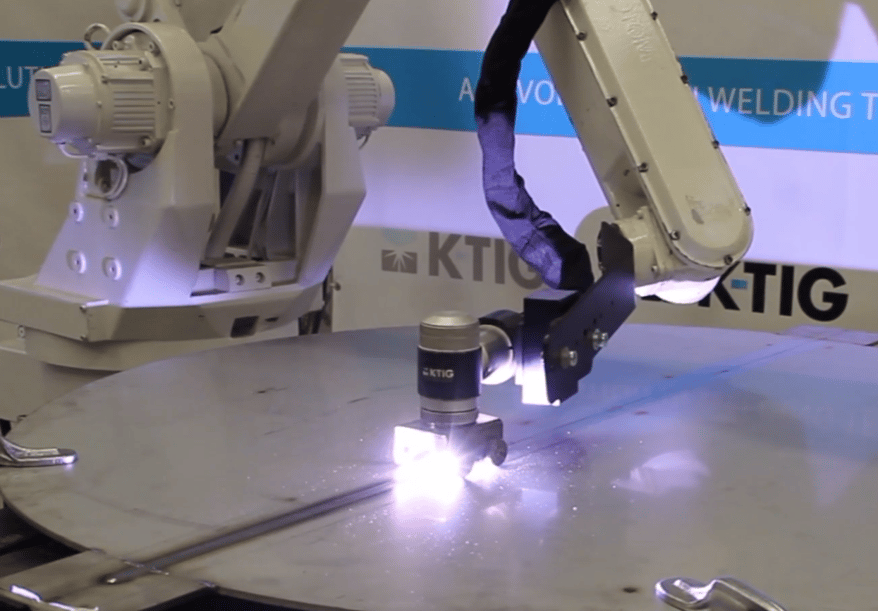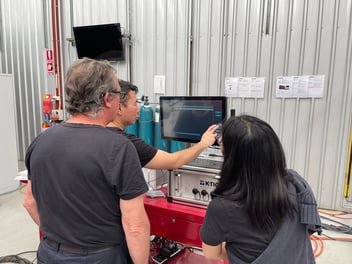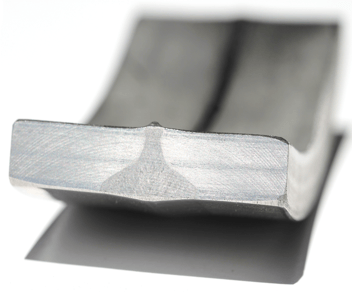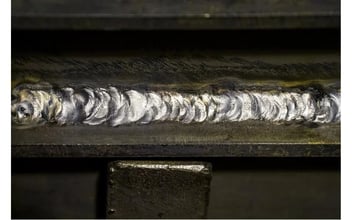How Robotic Welding Enhances Productivity, Quality, and Safety
In today's rapidly evolving industrial landscape, the utilization of robotic welding has become a game-changer, revolutionizing conventional welding methodologies.
As industries strive for enhanced efficiency and elevated standards, the adoption of robotic welding emerges as a transformative solution. This evolution in welding techniques not only addresses current industry challenges but also sets new benchmarks, optimizing productivity, ensuring superior quality, and paving the way for a more streamlined and efficient manufacturing landscape.
Heightened Productivity
Robotic welding systems have redefined productivity standards by executing precise and continuous welding operations. These automated systems are engineered to optimize movement and positioning during welding tasks, leading to increased efficiency. Integrating innovative systems enhances workflow coordination and significantly reduces production time, without compromising weld quality.
Superior Quality and Consistency
The adoption of robotic welding ensures exceptional quality and consistency in welding outcomes. Automation minimizes errors and discrepancies inherent in manual processes. Technologies such as Keyhole Tungsten Inert Gas (GTAW) guarantee full penetration welds in a single pass, reducing material waste and maintaining high-quality standards.
.jpeg?width=768&height=1024&name=Image%20(4).jpeg)
Moreover, the synchronization of automated systems with welding processes assures a controlled and standardized environment, consistently surpassing industry quality benchmarks. Seamless integration and precision during robotic welding operations ensure consistently high-quality welds, reducing the likelihood of faults during inspections.
Improved Safety and Efficiency
Robotic welding not only boosts productivity and quality but also significantly enhances workplace safety. Automation reduces human intervention, thus minimizing risks associated with repetitive tasks and exposure to hazardous environments. The efficient workflow achieved through automation decreases operator fatigue and enhances safety measures.
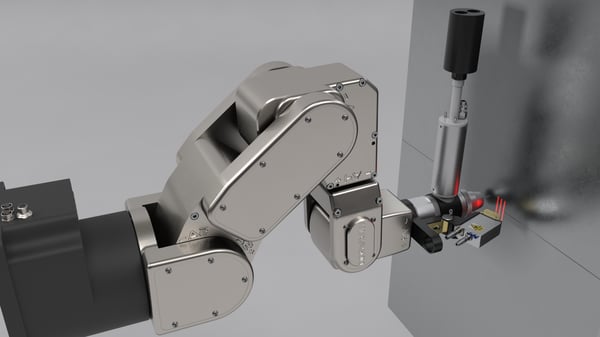
Furthermore, streamlined workflows optimize the welding environment, resulting in safer workspaces for operators. Reduced human involvement not only enhances safety but also optimizes resource utilization, leading to long-term cost savings.
Conclusion
In the dynamic landscape of manufacturing and robotics, embracing automated welding solutions is paramount for companies striving to achieve heightened productivity, superior quality, and enhanced safety measures. K-TIG's innovative approach to welding automation, integrating cutting-edge technology with seamless systems, epitomizes the future of the industry.
By leveraging K-TIG's advanced automated welding technology, companies can revolutionize their welding operations, setting new benchmarks for productivity, quality, and safety. As the industry evolves, embracing these advantages offered by robotic welding becomes not just a competitive edge but a necessity for companies aspiring to thrive in an ever-evolving industrial landscape.


